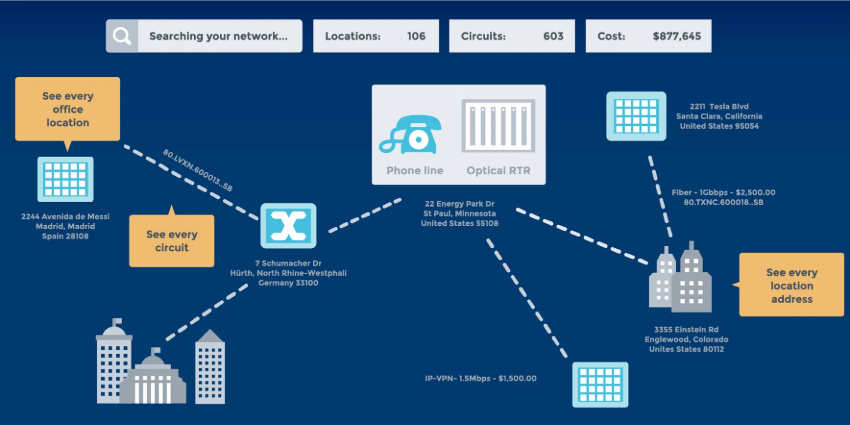Differentiating service offerings in a remarkably competitive market such as communications is incredibly difficult. One route, a relevant understanding and early adoption of emerging technologies that can provide that niche. Platform providers globally have been claiming that they have leveraged the power of artificial intelligence and machine learning but have, in some cases, delivered little.
Certainly, there are some innovators out there that are utilising artificial intelligence tools to disrupt and enhance existing processes, but there are also a host of vendors that use the term as a form of, pardon the pun, artificial smokescreen to cover their own lack of imagination or ingenuity. Disguising intelligent routing or process automation with a guise of true AI may fool some but many customers will see through this as a shiny gimmick.
We have seen truly innovative use of artificial intelligence and machine learning techniques in other industries. In medicine we have seen AI engines save lives with the analysis of medical data enabling early detection of various diseases and cancers. In transport we have seen companies like Tesla showcase the potential of AI within enhanced automated piloting systems. Undoubtedly it’s not easy to leverage the true power of AI, we have even seen some examples of companies posing human intelligence as artificial to try and seem more technically advanced. So, what have we seen in the communications industry?
The most impressive use cases so far, mostly offered by cloud native providers, centre around data analytics. Using genuine artificial intelligence engines, developed internally or adopting external engines from the likes of IBM, Amazon and Google, have offered cloud platform operators the chance to leverage their huge volumes of customer data. The sheer computing power of such AI tools allows companies to interpret their customers data, and offer insights in return, that were simply not possible previously. The value of these insights can be huge.
Contact centre environments appear to provide the best environment for the application of AI and ML tech. After all, data is critical and contact centres generate huge amounts of customer data just waiting to be explored and analysed. The development of natural language processing, predictive sentiment analysis and agent augmentation features developed by some of the innovators in the contact centre space demonstrate genuine applications for AI tools. Maybe the contact centre will prove to be the starting point as the real world benefits of AI start to bleed into other areas of unified communications.
So how do you determine the real AI from the artificial? The key is genuine, easily quantifiable use cases. If a platform provider can clearly demonstrate that their solution utilises AI tech to remove or reduce effort, or cost, on the part of the end customer, then it’s worth extra investment. End customers will quickly recognise the value of providers who understand the technology and make it applicable for their specific requirements. If they claim the solution uses AI in the background but have no clear explanation of how or why, then it is probably an artificial white elephant.






